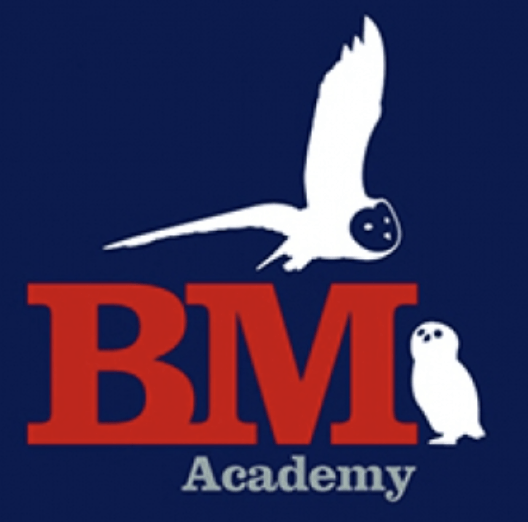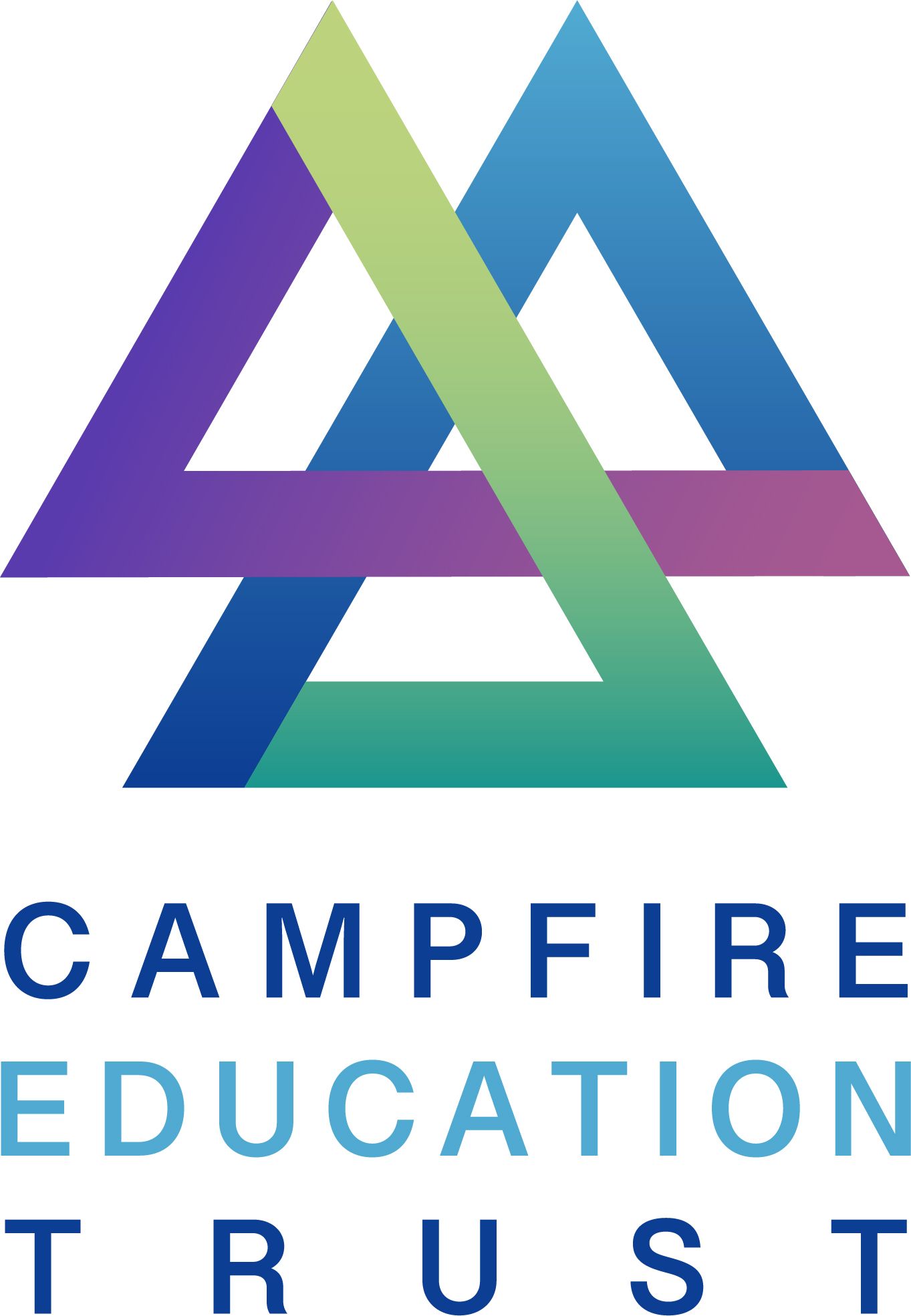Delivering Our Curriculum
At Bourton Meadow we nurture every child to fulfil their whole potential.


Delivering our curriculum
When planning and delivering our curriculum, our key message is children should leave a lesson with more than they had went they walked in.
We recognise that for learning to have taken place, something needs to have altered in children’s long-term memory.
Teachers know their children best and are therefore best placed to make decisions on the delivery of lessons to ensure the children are actively engaged with their learning. The decisions they make will vary depending on the subject, age of the learners and the particularly needs of their cohort.
However, in discussion with the whole teaching staff, and drawing on the evidence relating to metacognition and memory, we have an agreed set of non-negotiables that should be included in every lesson to ensure that all children learn and remember more.
-
Recap of Prior Learning
Recapping previously linked learning and retrieving knowledge from previous lessons, either those taught recently or in a previous month or year (4 From Before), helps children to retain knowledge which frees up space in their working memory, avoiding cognitive overload when learning new material. It also helps children make useful links in their learning.
-
Clear Understanding of what pupils are Learning
The intended learning is clearly explained to children and focused on the specific knowledge and skill to be learnt, rather than the activity.
-
Learning Journey
Children are provided with a clear explanation of how this learning fits into their journey: how it is linked to what they already know, how it will prepare them for future learning, its relevance in the wider world and its links to the school’s values. Research indicates that providing new information to pupils by linking it to their previous knowledge allows a quicker understanding, deeper retention and enhances their memory.
-
Checks for Understanding
Teachers use questioning, activities and their own observations to regularly check children’s understanding, identify misconceptions and explain things they are still struggling with – and to identify when pupils are ready for the next step in their learning.
-
Clear and Sequenced Explanations
New information is introduced in small steps, with teachers taking time to explicitly teach and explain key vocabulary. Evidence shows that this is most successful when pupils are given time to practice each step before moving on.
-
High-Quality Modelling
Children should be shown and not just told. Teachers use a range of modelling strategies, such as demonstrating skills, thinking aloud and diagrams to support explanations of more complex ideas. High-quality modelling also sets high expectations in relation to the presentation of work.
-
Active Participation from Children
Children are actively involved in learning in all stages of the lesson, through discussions, answering different types of questions and carrying out guided and independent practice, as this has been shown to enhance pupils’ learning.
-
Differentiated Independent Activities
For learning to be effective, tasks need to be appropriate for their stage of learning. Some pupils will require greater scaffolding or more time to practice fundamental skills whereas others may be ready to move their learning on by applying their knowledge or being introduced to more complex ideas. Creating independent learners is vital, as it helps pupils to improve their educational performance and stay motivated.
-
‘In the Moment’ Feedback
Teachers and other adults check children’s progress throughout the lesson and provide feedback at the point of learning, enabling children to respond to this feedback, enhancing their learning and increasing their chance of success.
-
Review of Learning
Time is set aside for teachers and children to review learning. This review may take place at the end of the lesson or throughout the lesson, as required and provides opportunities to identify and address misconceptions, summarise learning and consider the next step in their learning journey.
Contact Bourton Meadow Academy
Bourton Meadow Academy
Burleigh Piece
Buckingham, MK18 7HX
Tel: 01280 823374
Email: office@bourtonmeadow.co.uk
Contact Campfire Education Trust
Campfire Education Trust
Maslin Drive, Beanhill
Milton Keynes, MK6 4ND
Tel: 01908 671803
Email: enquiries@campfiretrust.co.uk
www.campfiretrust.co.uk
Follow Us
All Rights Reserved | Bourton Meadow Academy | Privacy Policy

